At the beginning of November, students from Class 2-2A, 2-3 and 3-2 of the Intensive Chinese Program visited three distinctive ancient towns in Shanghai - Qibao, Panlong and Nanxiang, embarking on a rich and colorful cultural experience journey.
Qibao Ancient Town
Qibao is an ancient town with a history of 1,780 years in the south of the lower reaches of Changjiang, where stone bridges, flowing water and old streets form a moving picture scroll of the water town. Holding the ‘Treasure Hunting Map’, the students visited the oldest three-arched stone bridge in Shanghai - Puhuitang Bridge, visited the intangible cultural heritage resort - Shadow Puppet Museum, and explored the traditional Chinese handicrafts exhibition hall - Laohangdang...... Students took photos and tasted snacks, such as begonias cake, dumplings, scallion pancakes and stinky tofu, each with its own flavor.
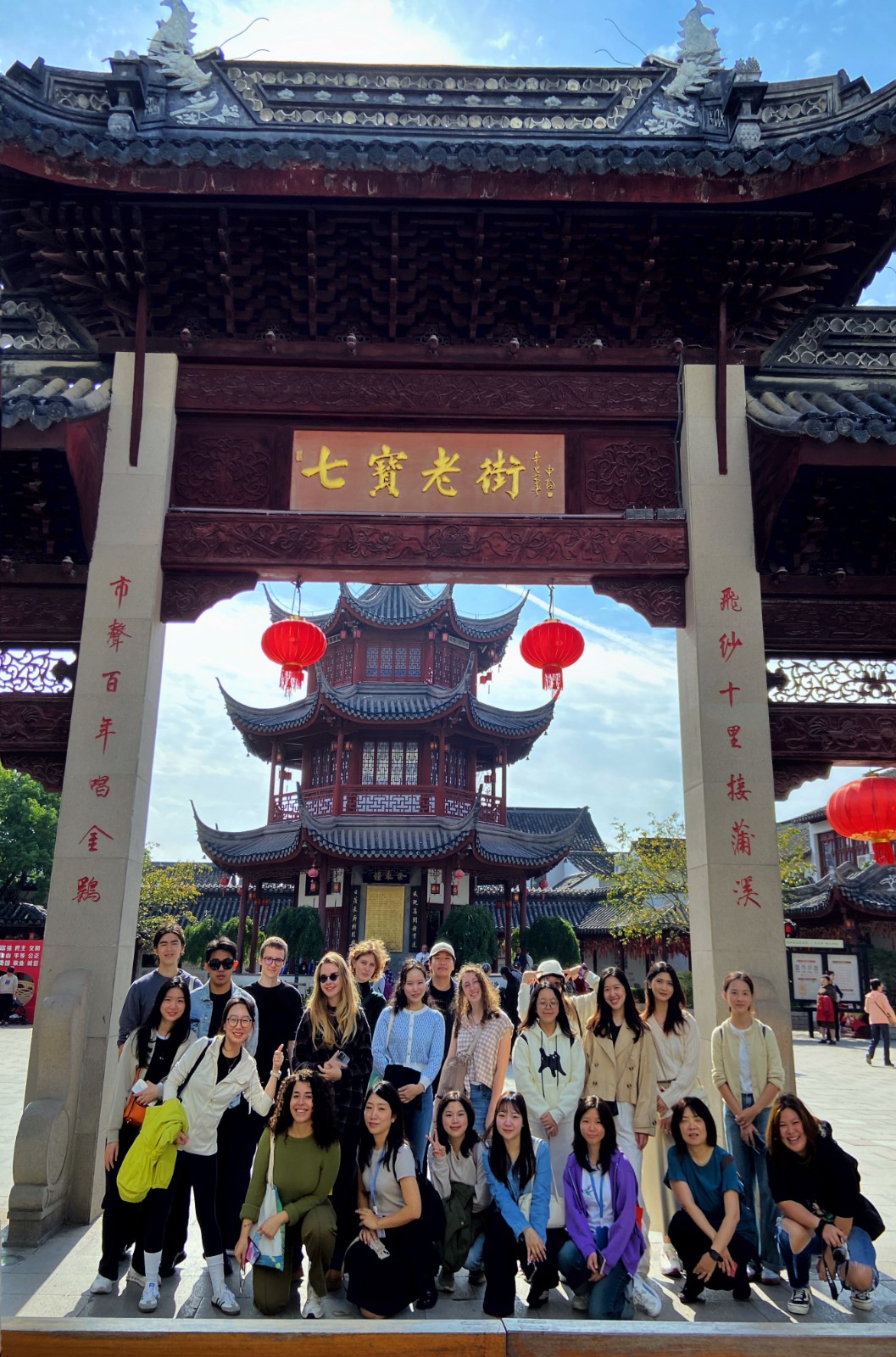
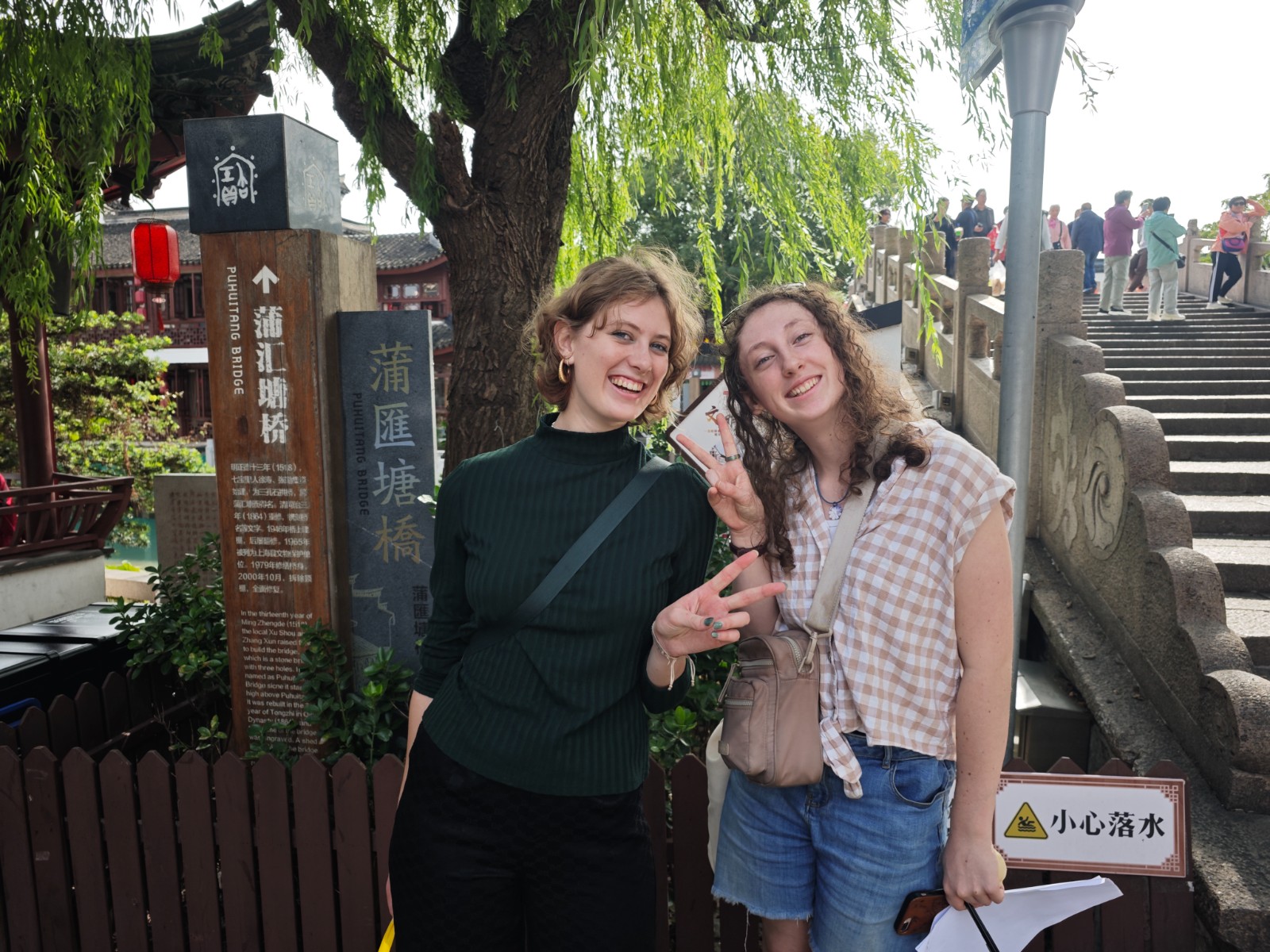
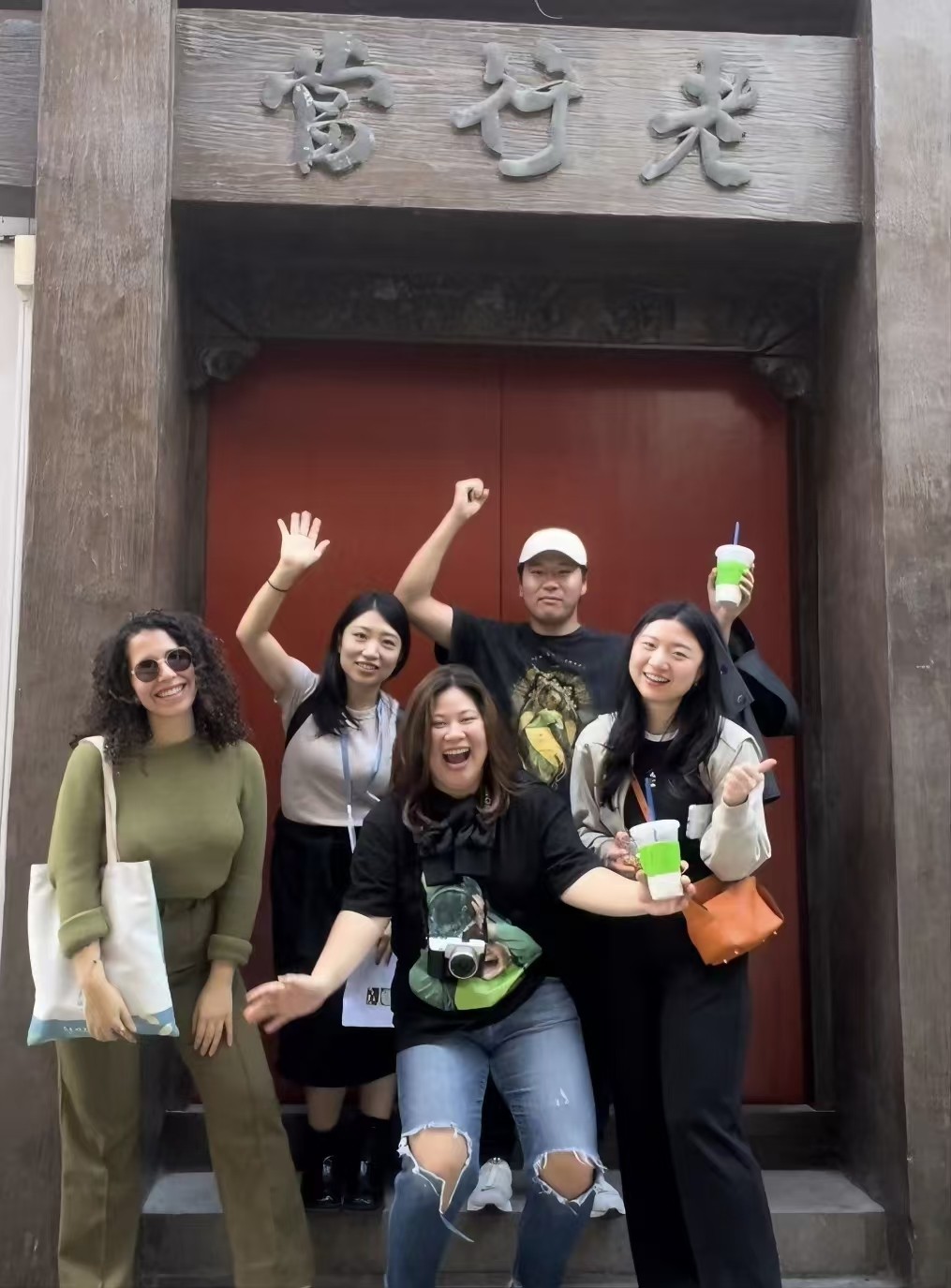

Panlong Ancient Town
Having been renovated three times, Panlong is an ever-changing ancient town. The buildings here have retained the traditional flying eaves and corners, but also incorporated modern design elements, allowing people to travel between the ancient and the modern, and feel the intersection of time and space. With the theme of ‘Renewal of the Ancient Town’, the students observed the traffic flow of the commercial places in the town, interviewed local tourists about their feelings of the renewal of the town, compiled records of what they saw and heard, and shared their ideas with each other.
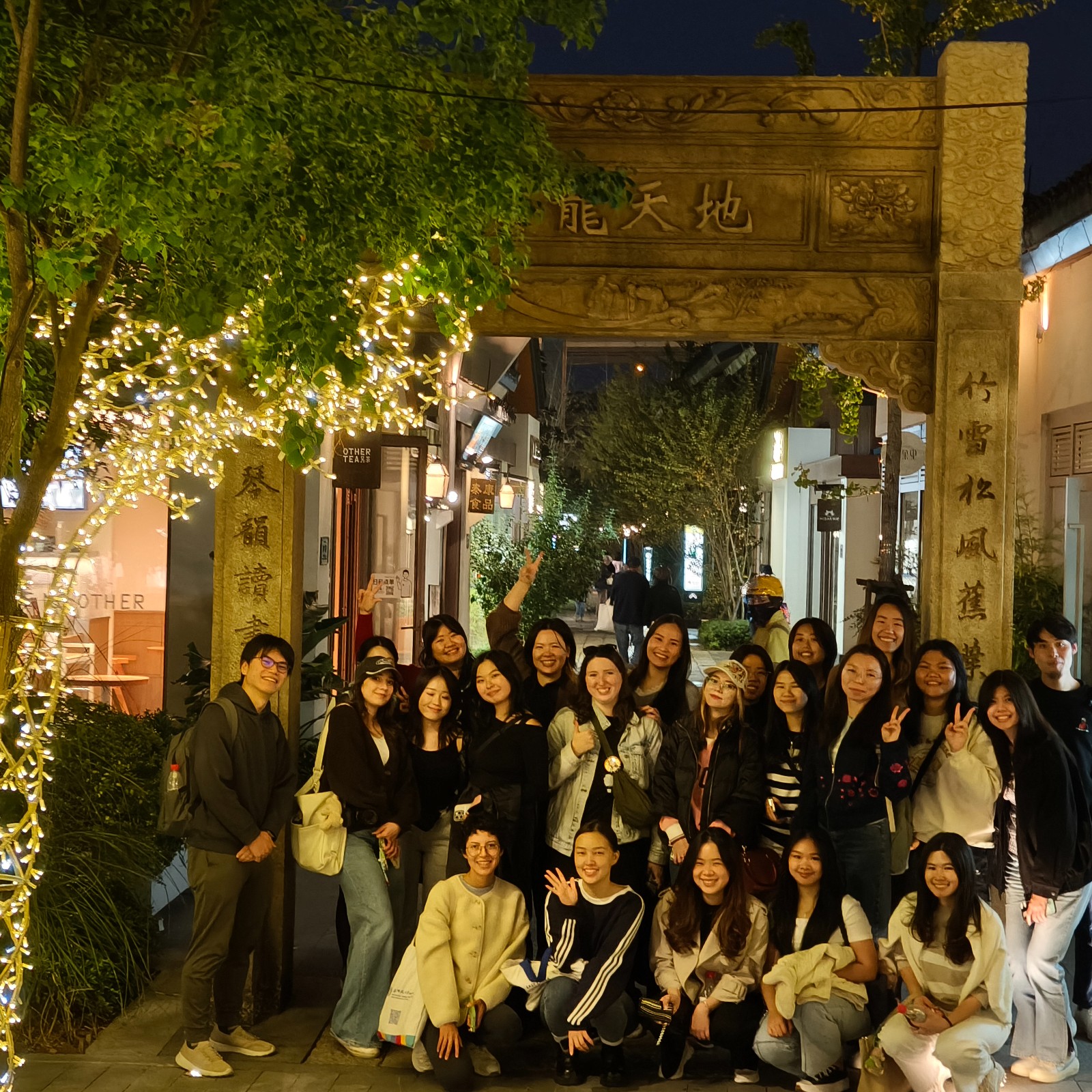

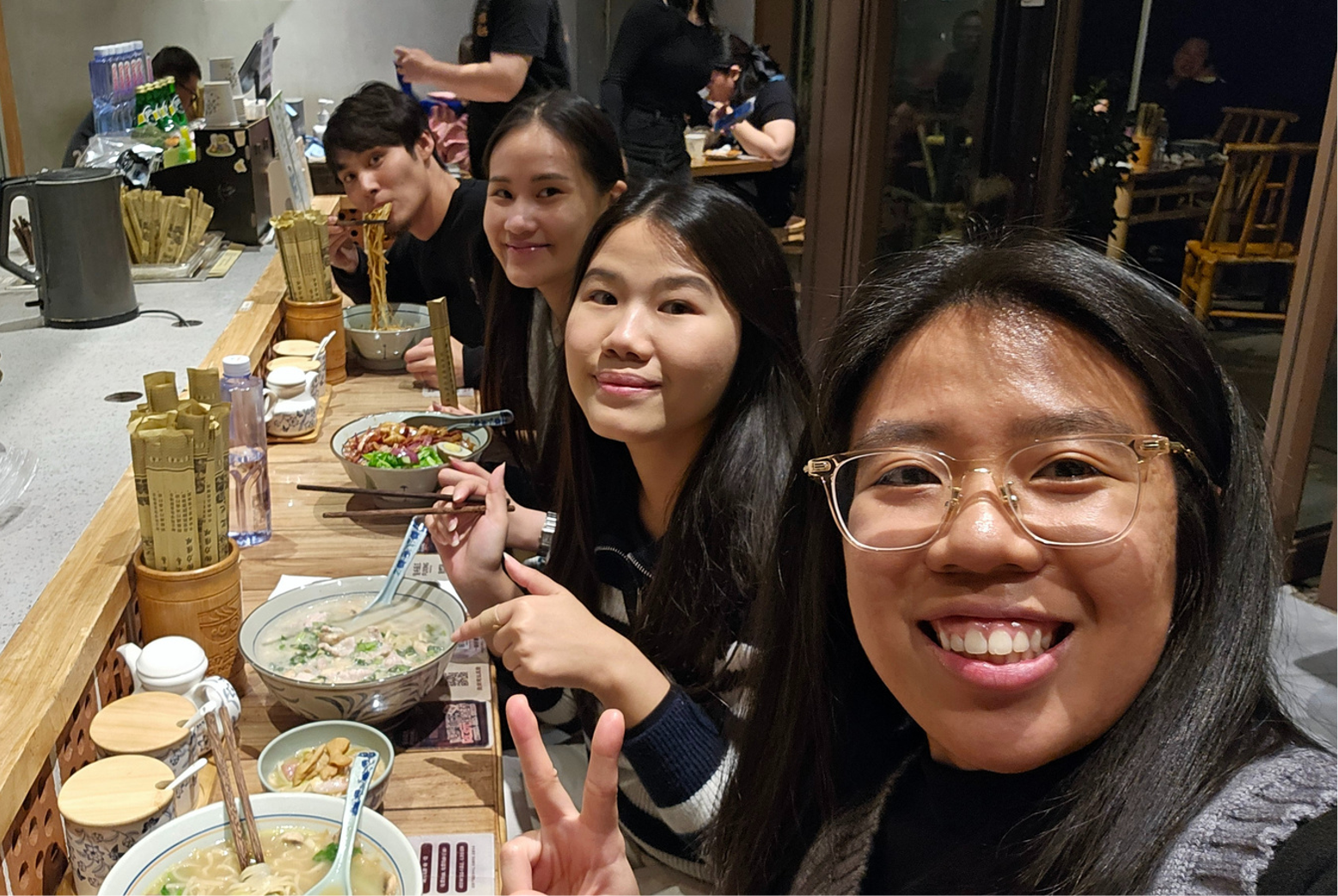
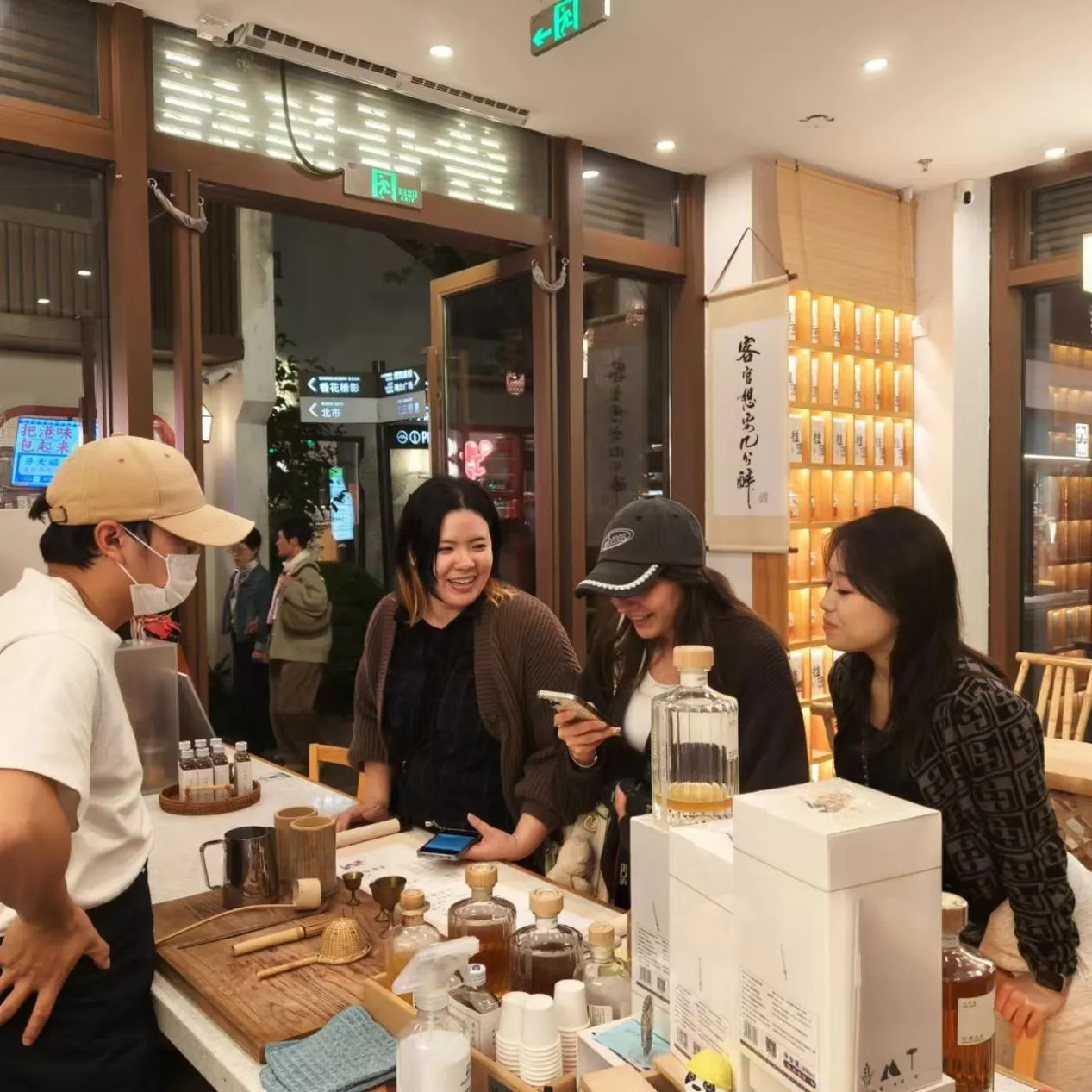
Nanxiang Ancient Town
Nanxiang Ancient Town has a history of 1500 years and is famous for its rich attractions and food. The students strolled along the old streets and tasted traditional delicacies such as Xiaolongbao, cake dumplings, butterfly pastry, etc. At the same time, they exchanged ideas with the customers and vendors, observed the production process of these delicacies, and learnt about the stories behind the delicacies.
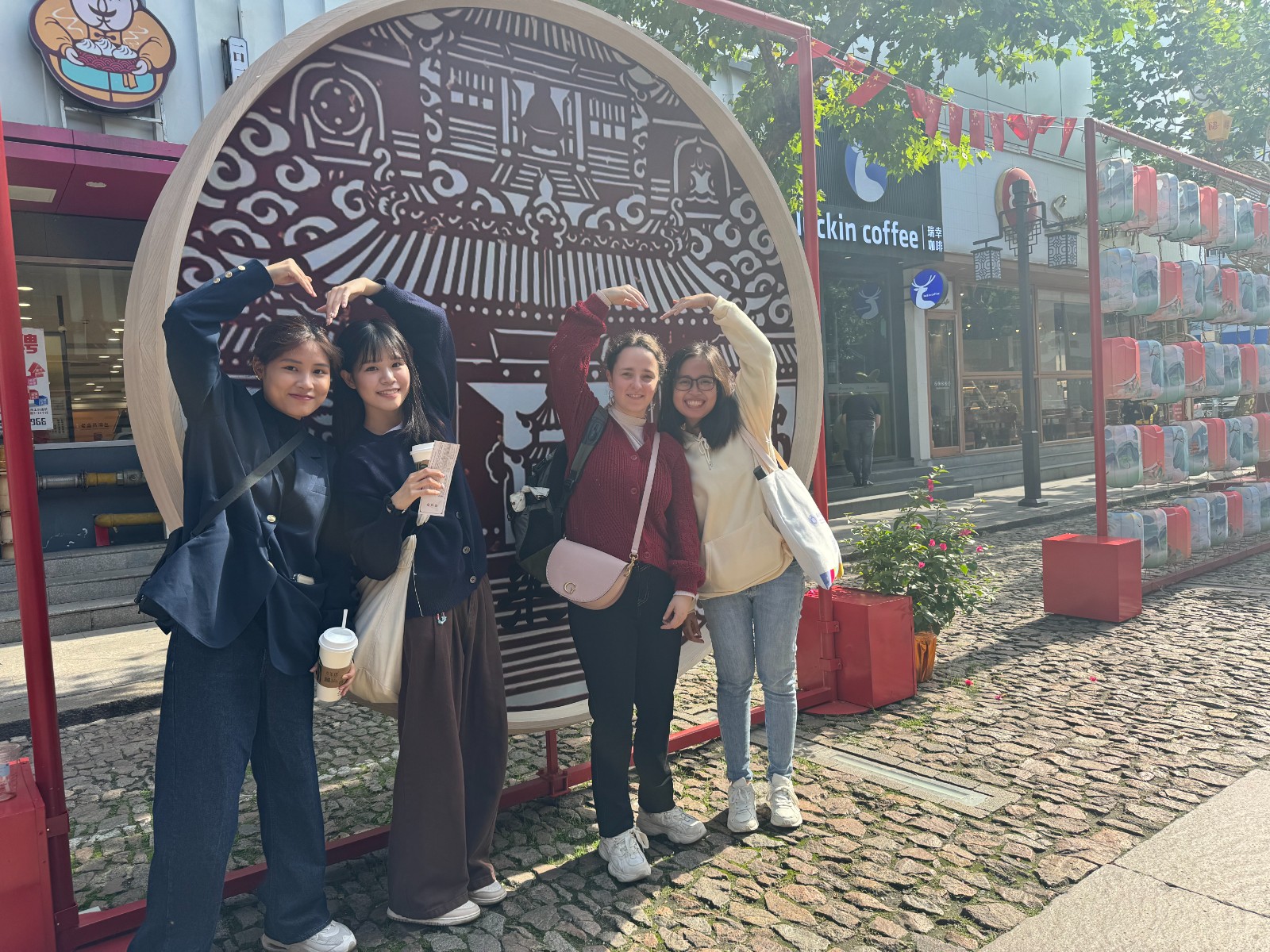
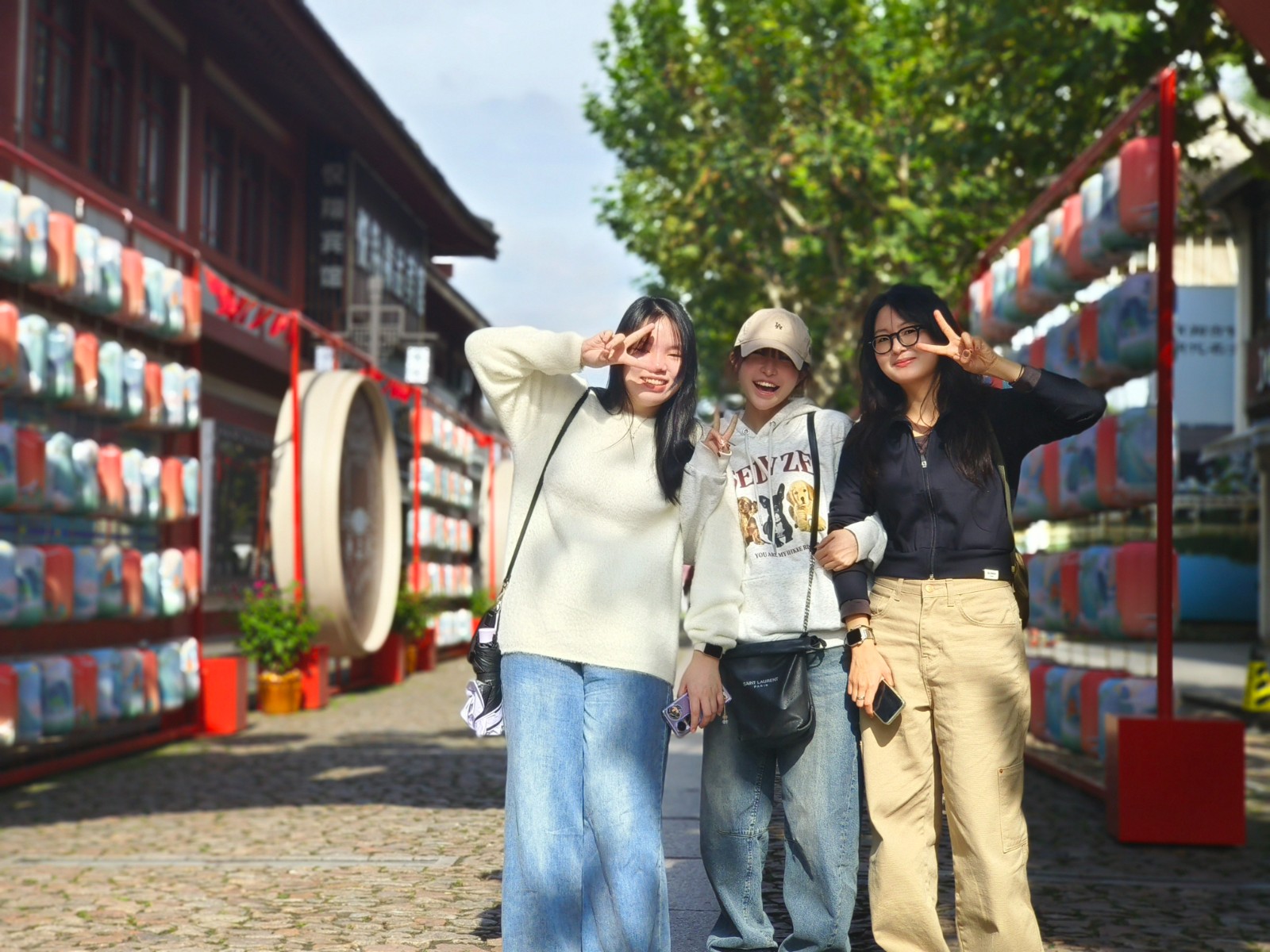
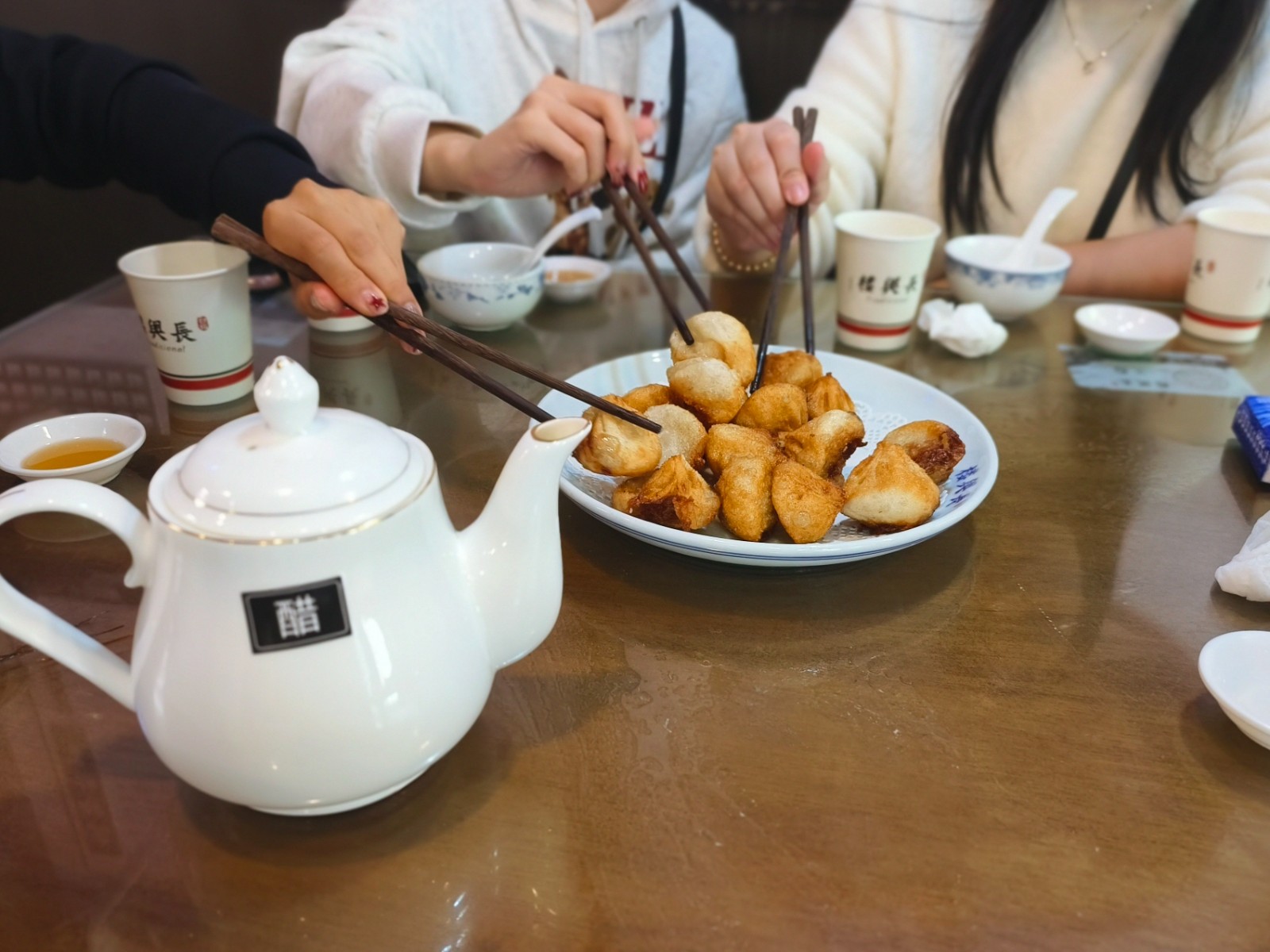
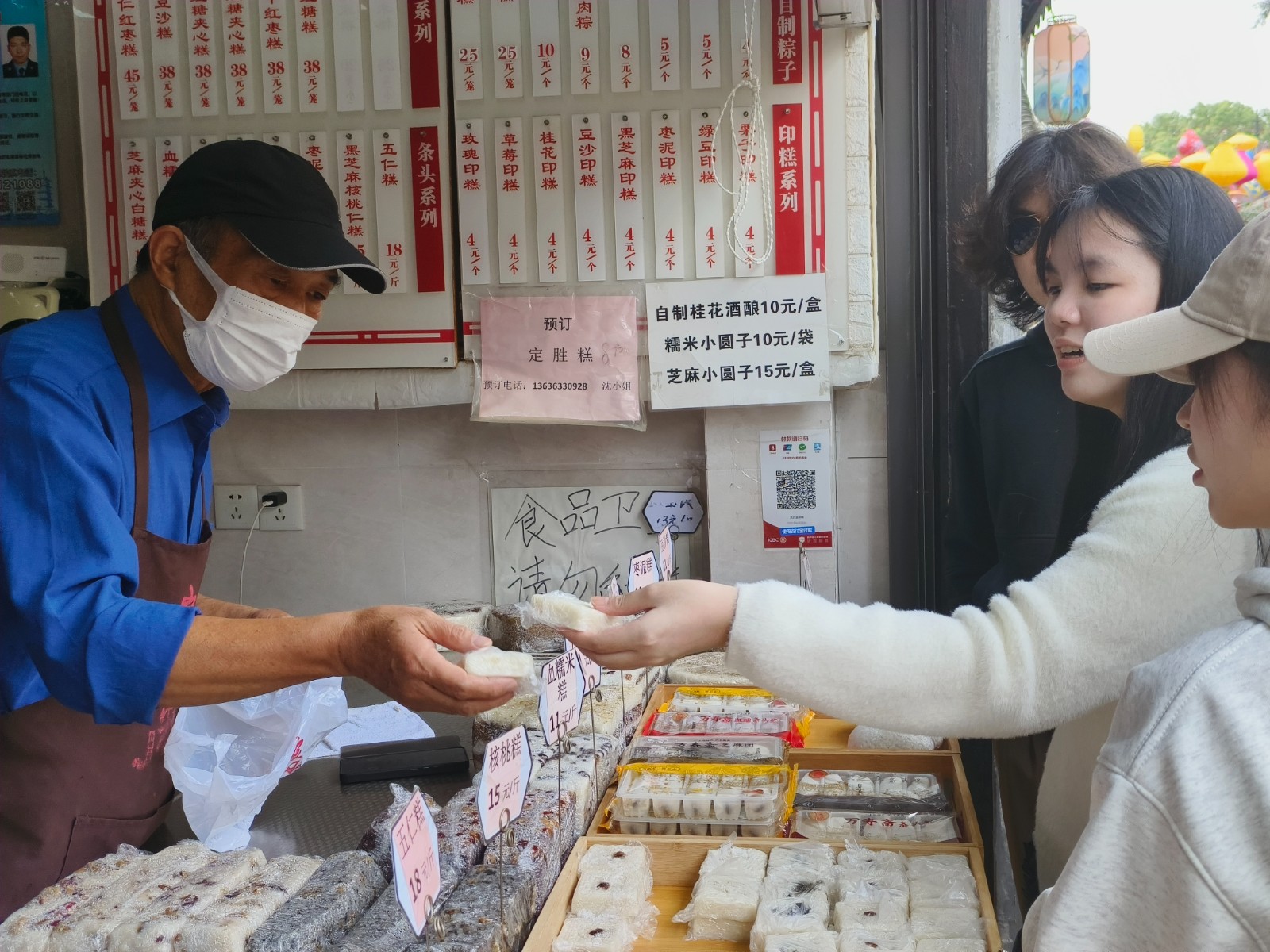
The trip to the ancient town was not only a roaming tour, but also a vivid and interesting Chinese language practice lesson. Students not only experienced the architecture, food, folk art, religion and other cultures of the ancient town, but also improved their Chinese proficiency in practice.

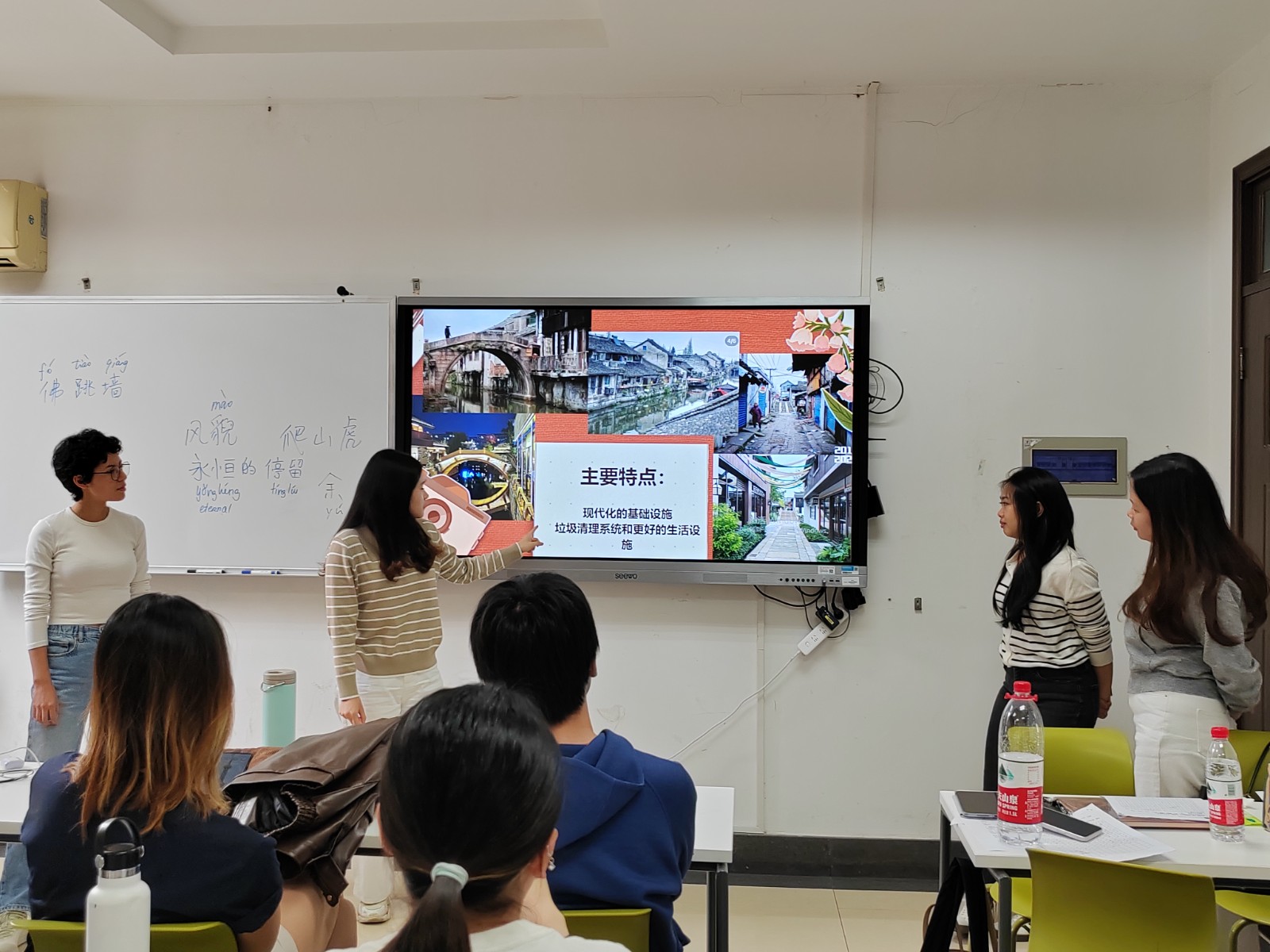
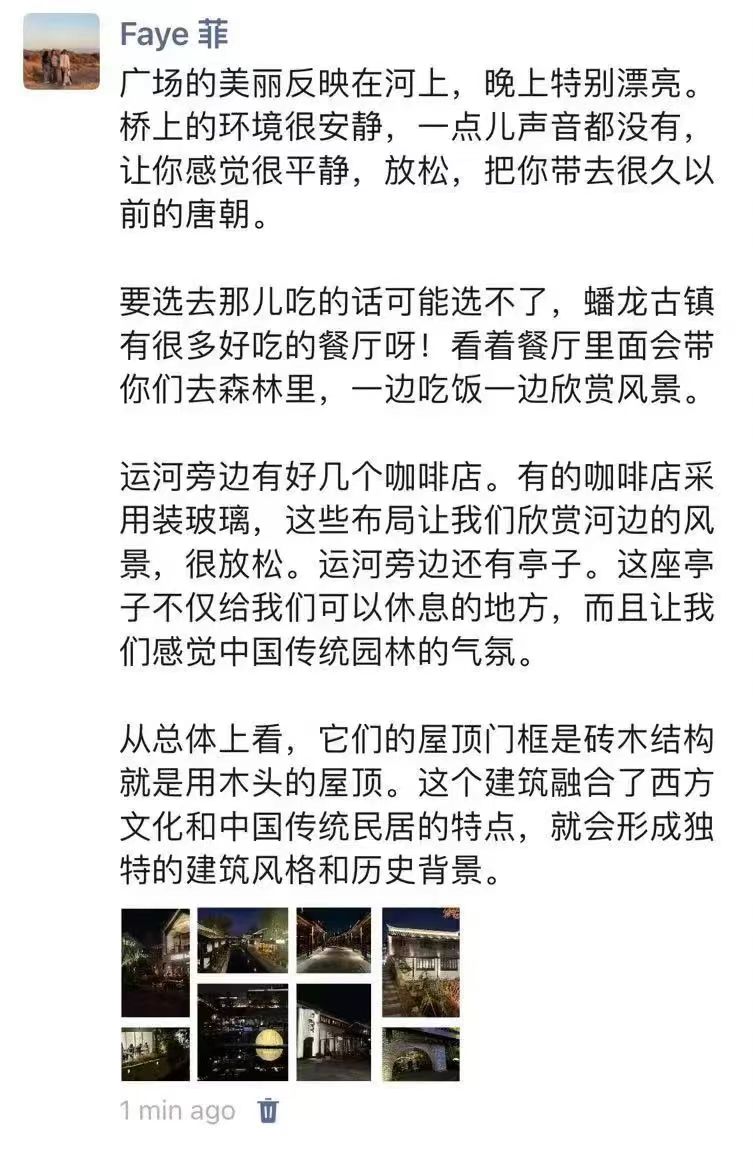
Social practice activity is an extension of Chinese class, taking students into various aspects of life in Chinese society, applying Chinese in real-life context, and gaining language progress and cultural insights.